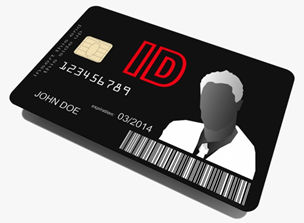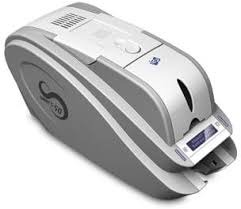Smart ID Card
A smart card is a physical card that has an embedded integrated chip that acts as a security token. Smart cards are typically the same size as a driver's license or credit card and can be made out of metal or plastic. They connect to a reader either by direct physical contact (also known as chip and dip) or through a short-range wireless connectivity standard such as radio-frequency identification (RFID) or near-field communication (NFC).
The chip on a smart card can be either a microcontroller or an embedded memory chip. Smart cards are designed to be tamper-resistant and use encryption to provide protection for in-memory information. Those cards with microcontroller chips can perform on-card processing functions and can manipulate information in the chip's memory.
Smart Card Systems work with many key applications like health care, banking, diversion and transportation etc.
All applications will like the additional options and security that good cards give.
This simple technology has revolutionized the payment card business and inflated the extent of card security.
These cards use encoding and authentication technology that is safer than previous strategies related to payment cards.

Smart Card Printer
A card printer is an electronic desktop printer with single card feeders which print and personalize plastic cards. In this respect they differ from, for example, label printers which have a continuous supply feed. Card dimensions are usually 85.60 × 53.98 mm, standardized under ISO/IEC 7810 as ID-1. This format is also used in EC-cards, telephone cards, credit cards, driver's licenses and health insurance cards. This is commonly known as the bank card format. Card printers are controlled by corresponding printer drivers or by means of a specific programming language. Generally card printers are designed with laminating, striping, and punching functions, and use desktop or web-based software. The hardware features of a card printer differentiate a card printer from the more traditional printers, as ID cards are usually made of PVC plastic and require laminating and punching. Different card printers can accept different card thickness and dimensions.

